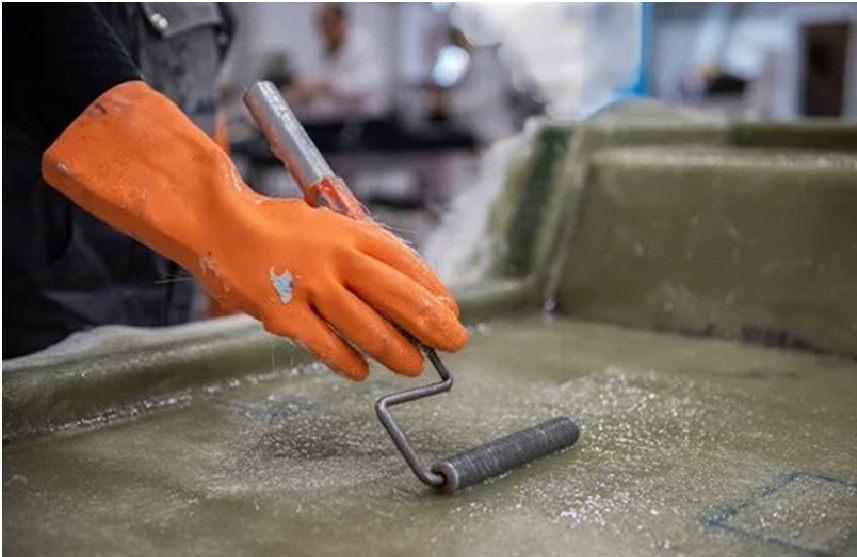In the realm of modern manufacturing, fiberglass stands out as a versatile and indispensable material. Its unique properties make it ideal for a myriad of applications across industries, from aerospace to automotive, construction to marine. Fiberglass products manufacturing has evolved into a sophisticated process, blending advanced technologies with precise craftsmanship to create durable, lightweight, and high-performance solutions. This article delves into the fascinating world of fiberglass manufacturing, exploring its techniques, applications, and future prospects.
Understanding Fiberglass:
Fiberglass, also known as glass-reinforced plastic (GRP) or glass-fibre reinforced plastic (GFRP), is a composite material made of fine glass fibers embedded in a polymer matrix. The fibers may be woven into a fabric or randomly arranged, offering flexibility in design and strength. Fiberglass exhibits exceptional strength-to-weight ratio, corrosion resistance, and electrical insulation properties, making it a preferred choice in various industries.
Manufacturing Fiberglass Process:
The manufacturing process of fiberglass products typically involves several key steps:
Raw Material Preparation: The process begins with sourcing high-quality glass fibers, usually made from silica sand, limestone, and other minerals. These fibers are treated with various chemicals to enhance their mechanical properties and compatibility with the polymer matrix.
Resin Mixing: The next step involves preparing the resin matrix, which is typically a thermosetting polymer such as polyester, epoxy, or vinyl ester. The resin is mixed with catalysts, accelerators, and additives to control curing time, viscosity, and other properties.
Fiber Reinforcement: The prepared glass fibers are then combined with the resin matrix in a process known as impregnation or wet lay-up. The fibers may be arranged in layers or randomly dispersed, depending on the desired characteristics of the final product.
Molding or Forming: The impregnated fibers are molded into the desired shape using various techniques such as compression molding, injection molding, or filament winding. Molds may be made of metal, plastic, or composite materials, and can be customized to achieve specific dimensions and surface finishes.
Curing and Finishing: Once the desired shape is achieved, the composite material undergoes a curing process to harden the resin matrix and bond the fibers together. This may involve heat, pressure, or chemical reactions, depending on the type of resin used. After curing, the product is trimmed, sanded, and finished to meet quality standards.
Applications:
Fiberglass products find applications across a wide range of industries, including:
Aerospace: Fiberglass composites are used in aircraft components, such as fuselages, wings, and interior panels, due to their lightweight and high-strength properties.
Automotive: Fiberglass is employed in the manufacturing of car bodies, bumpers, spoilers, and other automotive parts to reduce weight and improve fuel efficiency.
Construction: Fiberglass reinforced panels (FRPs) are widely used in construction for roofing, cladding, insulation, and structural reinforcements due to their durability, weather resistance, and thermal insulation properties.
Marine: Fiberglass boats, yachts, and marine components benefit from the material’s resistance to corrosion, moisture, and saltwater, making it an ideal choice for marine applications.
Sports and Recreation: Fiberglass is used in the production of sporting goods such as surfboards, kayaks, skis, and helmets, offering strength, flexibility, and performance advantages.
Future Trends:
The future of fiberglass products manufacturing is shaped by ongoing advancements in materials science, manufacturing technologies, and sustainability efforts. Some key trends to watch include:
Advanced Materials: Researchers are developing novel fiberglass composites with enhanced properties, such as higher strength, stiffness, and impact resistance, to meet the evolving demands of various industries.
Automation and Robotics: The adoption of automation and robotics in fiberglass manufacturing is increasing efficiency, precision, and scalability, leading to faster production cycles and improved product quality.
Sustainable Practices: Fiberglass manufacturers are embracing sustainable practices, such as recycling waste materials, reducing energy consumption, and using bio-based resins, to minimize environmental impact and meet regulatory requirements.
3D Printing: Additive manufacturing technologies, such as 3D printing, are being explored for producing complex fiberglass components with reduced material waste and lead times, opening up new possibilities for design innovation and customization.
Fiberglass products manufacturing continues to play a pivotal role in shaping modern industries, offering unparalleled versatility, performance, and sustainability. From aerospace to automotive, construction to marine, fiberglass composites are driving innovation and pushing the boundaries of what’s possible. As technology advances and new materials emerge, the future holds exciting opportunities for further enhancing the capabilities and applications of fiberglass products, paving the way for a more resilient and sustainable future.

